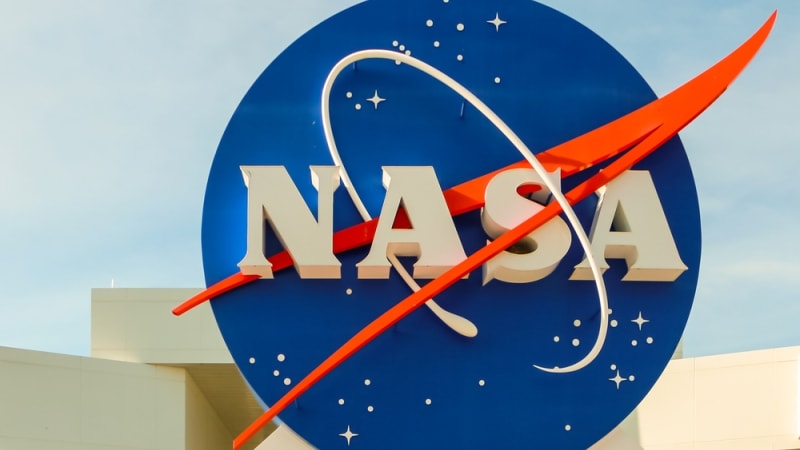
Jared Isaacman, President Trump’s nominee to become the next NASA director, told lawmakers this week that the agency should aim to both return humans to Earth’s moon and make the first manned visit to Mars – marking a subtle shift from the President’s “Plant the Stars and Stripes” goal for a Mars landing.
During his confirmation hearing before the Senate Commerce, Science, and Transportation Committee on April 9, Isaacman told lawmakers he is committed to NASA’s Artemis lunar exploration program, despite President Trump’s emphasis on shifting the space agency’s focus to Mars.
“It is a fundamental requirement for NASA to inspire the next generation and the best way to do that is to complete its missions – go back to the moon and then on to Mars,” Isaacman said.
In his inauguration speech on Jan. 20, President Trump reaffirmed his goal of “planting the stars and stripes on Mars.” Although he hasn’t set a timeline for that, or confirmed a preferred direction for a possible moon landing, his previous comments have suggested more of a focus on Mars. While President Trump supported the Moon’s role in NASA’s Mars strategy in 2017, he later criticized the agency for prioritizing lunar missions as Artemis program progressed.
Shifting NASA’s focus to Mars would require congressional support. While some lawmakers back Mars as a long-term goal for NASA, few see it as an immediate priority, leaving funding and future plans uncertain.
Sen. Ted Cruz, R-Texas, chairman of the committee, said he was concerned with an “extreme shift in priorities” which could “mean a red moon, ceding ground to China for generations to come.”
“[NASA’s] stepping-stone approach is explicitly in the law as enacted by Congress. We must stay the course,” Cruz said.
Isaacman, however, advocated for a different approach, one where NASA could pursue both the Artemis project and crewed missions to Mars simultaneously.
“We will prioritize sending American astronauts to Mars and along the way we will inevitably have the capabilities to return to the moon,” he said.
Isaacman also called for accelerating NASA’s moon-to-Mars timeline. Under the Artemis program, American astronauts would return to the lunar surface to establish a permanent base, and conduct research and build infrastructure vital for the first crewed mission to Mars, which is currently planned for the late 2030s.
“We don’t have to make a binary decision of moon versus Mars, or moon has to come first versus Mars,” Isaacman said. “We could be paralleling these efforts and doing the near-impossible.”
